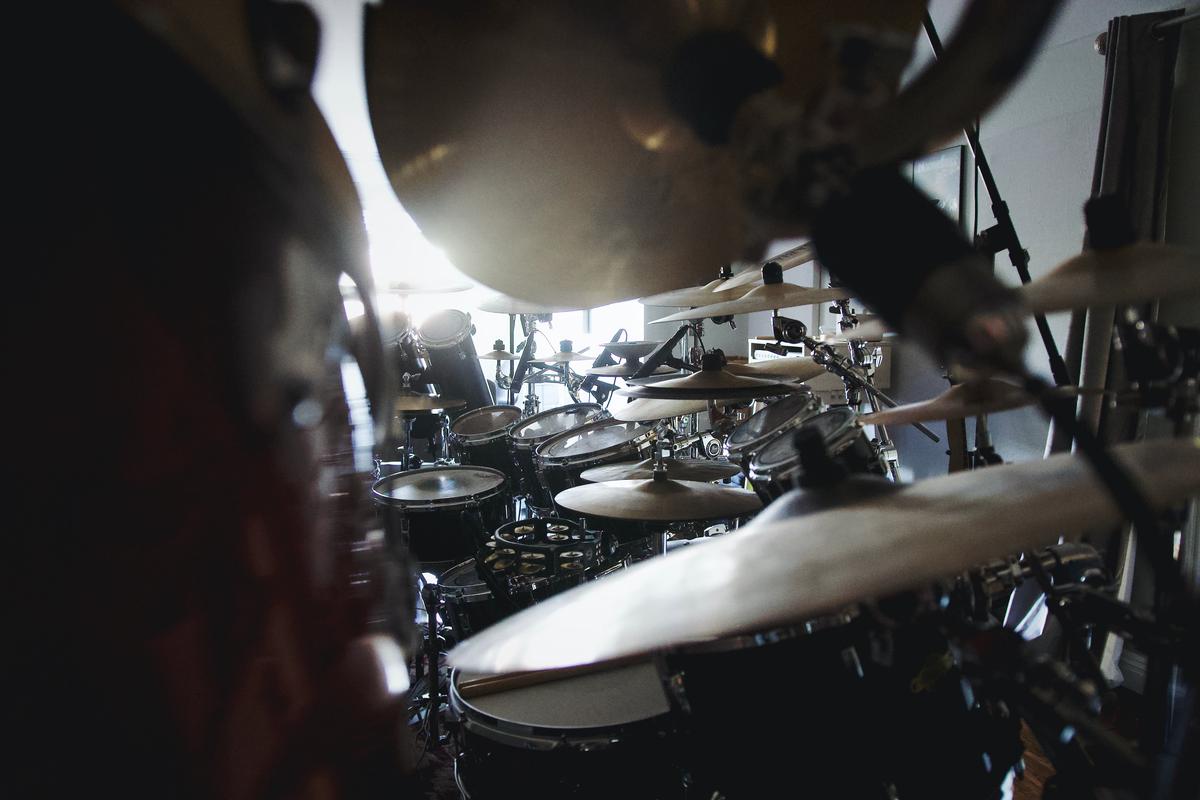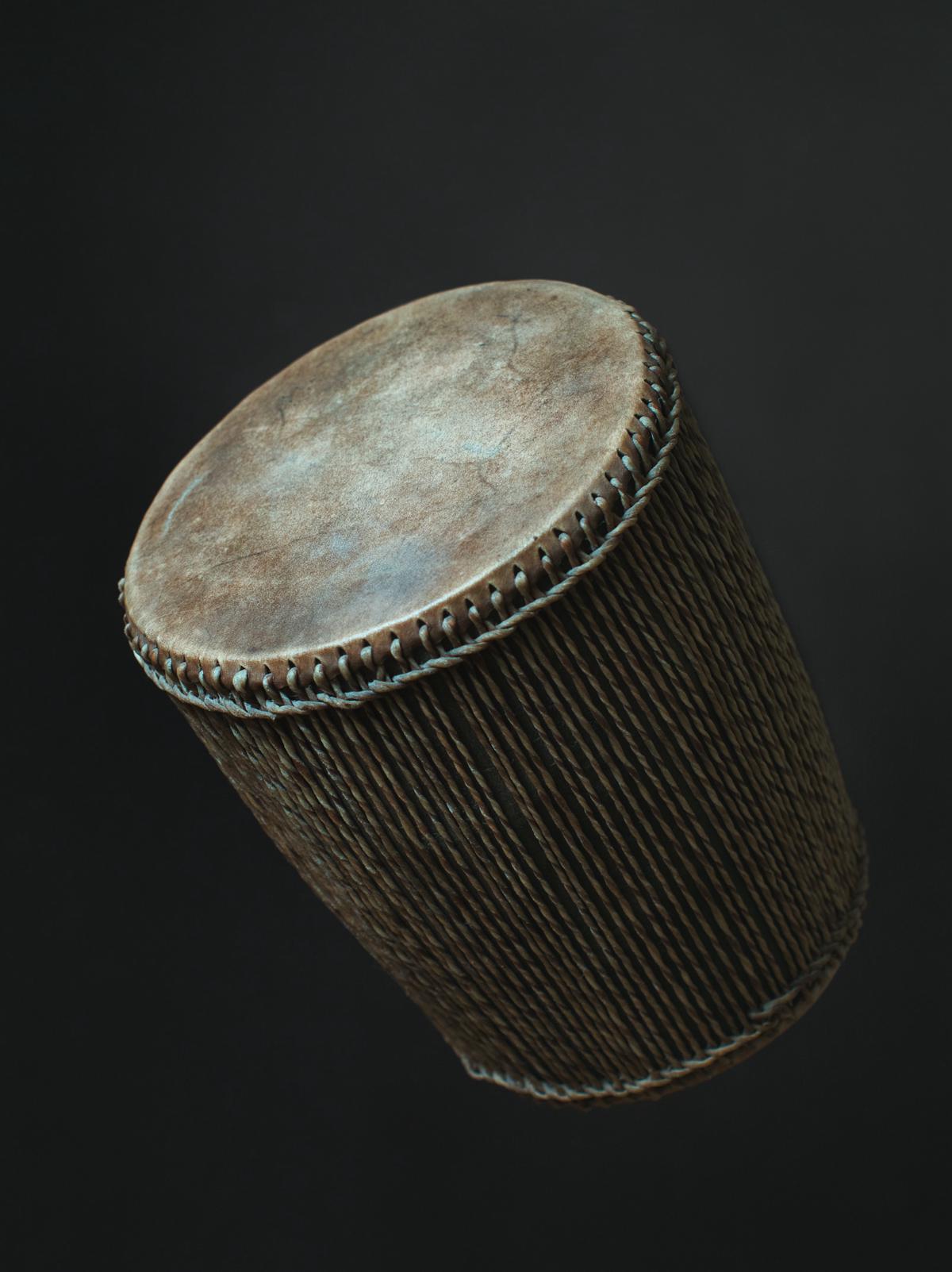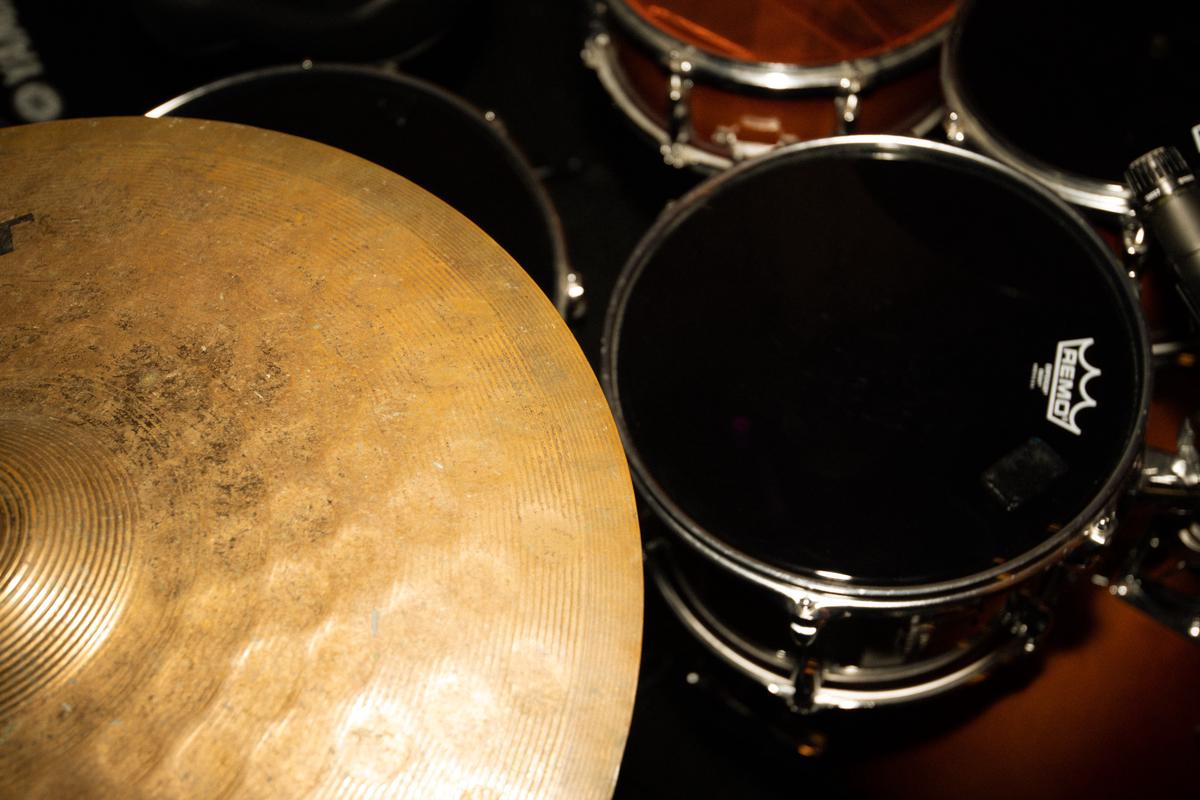Mastering Drum Miking & Tuning: Fix Common Problems
There’s a unique craftsmanship to playing the drums, one that becomes even more refined when embracing the detailed nuances of drum miking and tuning. Irrespective of the drum set or style, an array of technicalities comes into play, defining the sound produced instantly and substantially. Familiarizing ourselves with these aspects, specifically the art of drum miking and tuning, is an essential journey for every drum enthusiast. The process of understanding microphone types, nailing down the perfect placement, and assimilating the dynamics of pitch increment tuning invokes the virtuoso in us, paving the path for a more resonant drumming experience. Add to this fact, the ability to troubleshoot common hurdles can transform a good sound into an excellent one.
Understanding the Basics of Drum Miking
Upon the symphony of sounds emanating from a live music stage, the propulsive energy of the drums often holds court.
The heartbeat of any ensemble, the drum kit, creates a tapestry of rhythmic and acoustic filigrees that any music aficionado can truly appreciate.
As such, drum miking – the art of capturing that rhythmic heartbeat – shouldn’t be perceived as an ancillary part of the music-making process.
Instead, let’s marvel at this process as an essential rhythm-attuning symphony of its own.
Here we delve into the core principles of drum miking, perhaps taking you closer than ever before to the resonant, soul-stirring boom of live drum music.
1. Endeavor for Balance:
Drum miking is as much about principles as it is about passion.
And balance, like a symphony’s conductor, reigns supreme in this regard.
A well-miked drum set ensures balanced sound between all constituent elements – the snare, kick, toms, hi-hat, and cymbals.
Each component should be heard clearly without overwhelming the others.
Striking that perfect harmony between all pieces is vital to achieving that well-rounded, full-bodied drum sound.
2. Explore Angles and Positions:
Each drum and cymbal has a unique sound, and their positions relative to the microphones can drastically affect that output.
The art lies in figuring out the best angles and positions for each mic.
For instance, a kick drum will have a more punchy sound when the mic is placed inside the drum, while a snare drum needs the mic to be tactfully positioned above the rim.
Proximity and angle experimentation with the mic can significantly impact the tonal quality, opening up a universe of soundscapes.
3. Usage of Appropriate Microphones:
Not all microphones are created equally.
Different drums require different microphones, each catering to the nuances of the respective drum’s tonality.
Large-diaphragm dynamic mics are typically used for kick drums due to their lower frequency response.
On the flip side, the snare drum and toms usually work well with small-diaphragm dynamic mics, which handle the high SPL and offer a broad frequency response.
4. Consider Room Acoustics:
The quality of drum miking isn’t solely determined by the drum kit and microphones.
Room acoustics play a crucial role too.
The sound produced by the drum kit will interact with the room, creating unique vibes that can enhance or mar the final output.
For optimal acoustics, the room shouldn’t be too reverberant, which can make the sound muddy, nor too dampened, which can make it feel lifeless.
5. Phasing Matters:
The phase relationship between all mics can significantly affect the final drum sound.
When miking a drum set, remember that the sound from each drum will reach each microphone at different times, leading to phase cancellation if not managed correctly.
Using a phase switch on the microphone or within the audio software can help rectify this.
6. Mic For The Audience, Not The Drummer:
When positioning mics, it’s important to consider the audience’s perspective.
While it’s critical to capture the drummer’s dynamism, the end goal should always cater to the listeners’ experience.
Drum miking is more than a mere technical exercise, it is a rhythm-centric poetry in motion.
As free-spirited as the artist bang-banging those drumsticks, these core principles serve as gentle guideposts in your auditory journey.
Now, take the plunge: capture the pulse, make the drums speak, and mold music in your image.
Remember, there’s no ‘right’ way, only ‘your’ way to this rhythmical symphony! Happy drum miking!

Photo by minimdesignco on Unsplash
Drum Tuning Techniques
Reverberating Rhythms: Navigating the Nexus of Drum Tuning
Within the compelling mosaic of music creation, the distinct timbre of a drum can spell the difference between a mere beat and a resonant rhythm that sparks soul-stirring emotions. Beyond the precise positioning of microphones and the meticulous consideration of room acoustics, the art of drum tuning is a crucial cog in the machinery of music production. This complex process impacts the overall sound quality, unfurling a sonic tapestry of tones and textures that evoke a sensory feast.
Drum tuning is not just a matter of adjusting tension for readiness; it’s a finely honed craft that imbues the drummer’s beat with unparalleled dynamism, molding soundscapes with every strike and stroke. Varied tuning methods serve as conduits for a diverse palette of sonorous storytelling and can paint aural portraits that traverse the spectrum of genres.
Firstly, pitch tuning shapes the tonal quality of drums in a pervasive manner. A drum with a higher tuning sings with a clear, resonant tone, evoking a sense of urgency and energy. Conversely, lower tuning resonates with a deep, mellow, and ambient vibe – a pulse that forms the backbone of softer, introspective musical journeys.
Moreover, musicality greatly depends on interval tuning or tuning the drum kit to specific intervals. This creates a separate pitch for each drum, allowing a fluid melodic flow that dances harmoniously with the other instruments. Deft manipulation of these intervals can weave intricate harmonies that make a song feel like an intimate conversation between its instrumental counterparts.
Another significant method revolves around edge tuning. Tailoring the edge pitches to resonate perfectly with the drum’s central pitch can cultivate a thrilling consistency of tone. This technique yields a pure, unbroken sound that seems to reverberate from the core of the drum – a vibrant echo expanding outward in a bold declaration of sonic identity.
Furthermore, utilizing overtone tuning optimizes the drum sound by taming the unwieldly overtones. Rather than dampening these tenacious ringings fully, you can skillfully tune and integrate them into your desired acoustics. Doing so enables you to imbue your piece with a rich complexity that elevates your music beyond the boundaries of simplicity.
Delving deeper, head-to-head tuning—equal tuning of both heads—produces a full-bodied tone with a lengthy sustain. Alternatively, tuning the batter head lower than the resonant head generates a punchy, focused beat akin to the heart-thumping calling of war drums. Conversely, if the batter head is tuned higher than the resonant head, you get a sharp, crisp note layered with the essence of riveting drama.
The metamorphic power of drum tuning can transform the drum from a rhythm keeper to a heartbeat manipulator. Which method ignites your musical flame is a matter of personal preference, but the exploration of these pathways is a quest worth embarking upon.
Dive deep into the world of drum tuning, and in every beat, you will sense the palette of musical colors that rings within. Be it a crystal-clear high pitch, a deep ambient melodious pulse or a well-managed overtone – each tuning method is instrumental in carving the soulful silhouette of your song in the listener’s mind. Embrace the power of sound manipulation and enthrall your audience with a symphony of feelings. Allow the finely-tuned rhythms to reverberate through them, sparking their imagination and igniting their passion for music.

Photo by lukasz_rawa on Unsplash
Troubleshooting Drum Miking and Tuning Problems
Once balance and microphone positioning are established, many aspiring musicians hit a wall when it comes to drum tuning and miking. Each drum beat is a pulse running through the veins of a song, resonating within the listener. However, without careful attention to tuning and miking, the drum’s spirit can be lost or distorted, causing a ripple effect through the entirety of the musical piece. With that said, let’s dig into some common drum miking and tuning problems and their remedies.
A prevalent challenge in drum miking involves the overemphasis of certain frequencies. This issue often arises due to the proximity effect – a phenomenon in which low frequencies get boosted as the microphone is placed closer to the source. The effect can lead to an overwhelming bass which drowns out other finer details of the drum’s timbre. To tackle this, take a step back and move the microphone away from the drum. This will allow the frequencies to breathe, and maintain a composed and balanced resonance.
Another frequent mishap comes not from the drum itself, but from the surrounding environment. Ambient noise can be a pesky interloper, creeping into your recording and marring the purity of your drum sound. To rectify this, the use of a high-pass filter can be a game-changer. This tool helps filter out lower frequency noise, allowing only the drum sound to pass through uninhibited.
In terms of tuning, a common pitfall is inconsistent tension across the drumhead, resulting in an unstable pitch. This issue often roots in the uneven tightening of tension rods. An effective solution to this problem is the use of a drum dial, a tool designed to measure the tension of the drum skin. By keeping a close eye on this device while adjusting the tension rods, the drummer can ensure equal pressure across the drumhead. This way, the drum sound remains stable and true throughout the playing session.
The odd ringing sound, often known as ‘overtones,’ can be another hurdle in achieving the perfect drum sound. These extraneous sounds can be tamed through dampening techniques. Subtle application of tape, moongel or even a bandana on the drumhead can dampen these unwanted frequencies, allowing the clean, core sound of the drum to shine through.
To conclude, the mastery of drum miking and tuning is an art in its own right. It presents an exciting challenge, a puzzle waiting to be solved. Yet, with patience, exploration and a keen ear, any drummer can embark on this journey, overcoming these common obstacles. In doing so, they allow the drum to truly beat in harmony with the song, captivating the listener and embodying the essence of the rhythm. After all, every pulsating beat of the drum is a heartbeat in the living entity that is music.

Photo by mattmoloney on Unsplash
With knowledge comes mastery, and in drumming, an understanding of the technicalities can make a world of difference. As we embrace the vibrant dynamics of drum miking and tuning, we adopt a more nuanced approach to creating music. Taking the time to understand each component–from microphone types to pitch increment tuning–is an investment in the quality of our sound. Improving these skills not only enhances our playing but sharpens our ability to troubleshoot potential issues. The world beckons the notes we play, and knowing the ins and outs of drum miking and tuning helps us resonate loudly and clearly.
